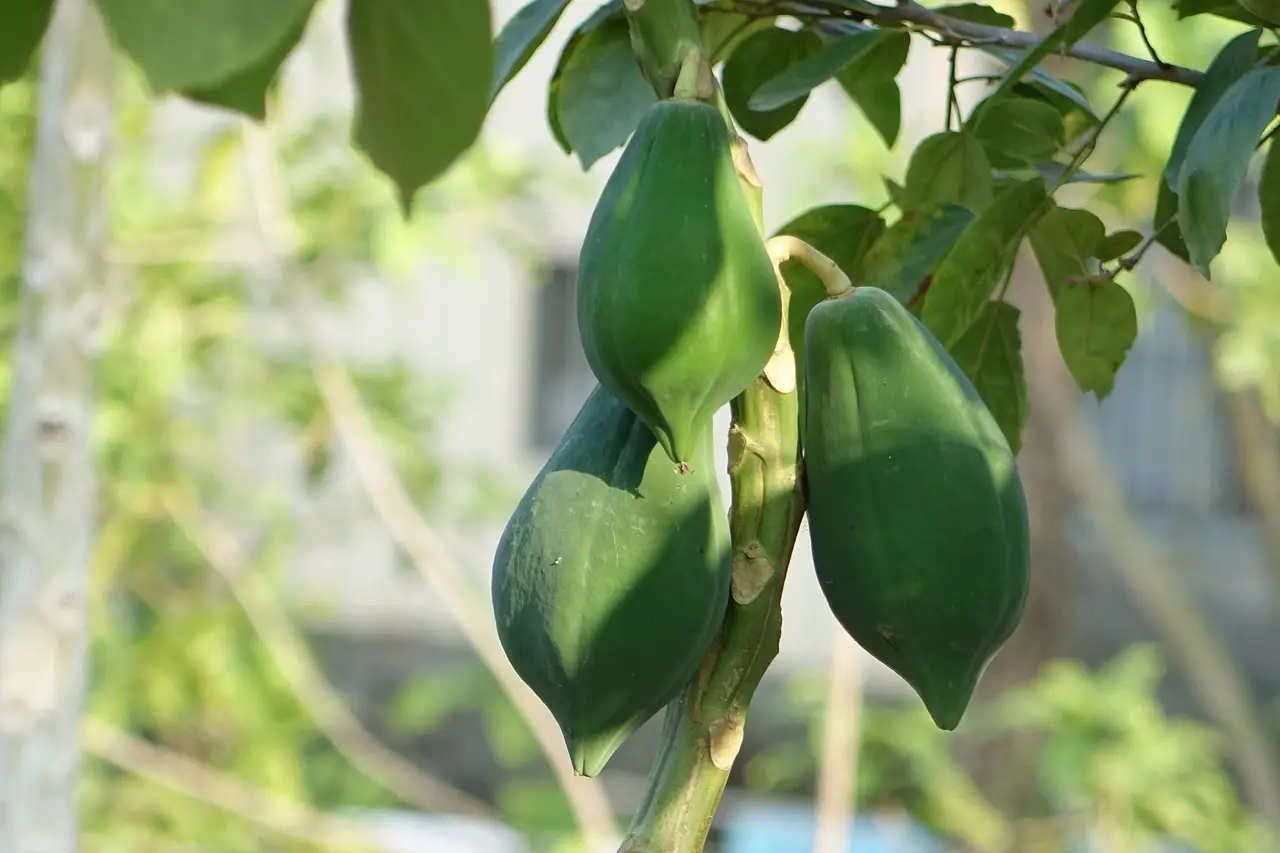The Pawpaw (Asimina triloba) is a deciduous tree native to the Eastern United States. Its unique tropical appearance and delicious, custard-like fruit make it an attractive addition to gardens and landscapes. The fruit is known for its sweet flavor and is often referred to as the “poor man’s banana.”
The Pawpaw tree has an interesting cultural history and has been utilized by indigenous peoples and early settlers for both its fruit and its medicinal properties. Its large, glossy leaves and dark brown bark add to its visual appeal, while the fruit provides nourishment for various wildlife.
Growing Pawpaw from seeds is a rewarding yet challenging endeavor. The seeds are known for their particular care requirements and can be successfully cultivated with proper attention to detail. This guide provides comprehensive information on growing and caring for Pawpaw trees, focusing on the unique aspects of the seeds.
| Aspect | Details |
|---|---|
| Common Names | Pawpaw, Custard Apple, Poor Man’s Banana |
| Botanical Name | Asimina triloba |
| Family | Annonaceae |
| Plant Type | Deciduous tree |
| Mature Size | 15-30 feet tall |
| Sun Exposure | Full sun to partial shade |
| Soil Type | Rich, well-draining soil |
| Hardiness Zones | 5-9 |
| Native Area | Eastern United States |
Pawpaw Care
Growing Pawpaw requires specific attention to factors such as light, soil, water, and temperature. These plants thrive best in well-draining, slightly acidic soil, rich in organic matter. Though they can tolerate some shade, Pawpaw trees flourish in full sun to partial shade.
Care should be taken during the early stages of growth, as young Pawpaw trees are particularly sensitive to environmental conditions. Providing adequate care during this period will ensure a strong, healthy tree that produces abundant fruit.
Light Requirement for Pawpaw
Pawpaw trees thrive in full sun to partial shade. While they can tolerate some shade, especially when young, providing ample sunlight will promote healthy growth and fruit production.
Soil Requirements for Pawpaw
Well-draining, slightly acidic soil rich in organic matter is ideal for Pawpaw trees. A soil pH of 5.5 to 7.0 is preferable. Sandy loam with good moisture retention supports optimal growth.
Water Requirements for Pawpaw
Regular, deep watering is crucial for the Pawpaw tree, especially during the growing season. However, overwatering or poor drainage can lead to root rot.
Temperature and Humidity
Pawpaw trees are hardy in USDA zones 5-9 and prefer temperatures between 55-85°F (13-29°C). While they can tolerate some cold, protection from harsh winter winds is beneficial.
Fertilizer
A balanced slow-release fertilizer can be applied in early spring to support growth. Avoid excessive nitrogen, as it may hinder fruit development.
Pruning Pawpaw
Pruning is not typically necessary for Pawpaw trees, except for removing dead or diseased branches. Minimal pruning encourages a bushier growth habit.
Propagating Pawpaw
Pawpaw can be propagated from seed or by grafting. Seeds must be fresh and kept moist until planting. Grafting is a more reliable method for ensuring fruit quality.
How To Grow Pawpaw From Seed
Growing Pawpaw from seed requires fresh seeds that have not been allowed to dry out. Stratification is needed before planting. Plant seeds in well-prepared soil, 1 inch deep, and provide consistent care.
Common Pests & Plant Diseases
Aphids
Monitor for aphids and treat with insecticidal soap if necessary.
Fungal Diseases
Avoid overhead watering to prevent fungal diseases.
Common Problems With Pawpaw
Poor Fruit Set
This may be due to inadequate pollination. Hand-pollination can improve fruit set.
Seed Germination Issues
Fresh seeds with proper stratification are key to successful germination.
Pro Tips
- Plant two or more trees for cross-pollination to ensure fruit production.
- Protect young trees from harsh winds and cold snaps.
- Provide a mulch layer to retain soil moisture and suppress weeds.
- Monitor for signs of pests and diseases, addressing promptly.
- Consider grafting for more predictable fruit characteristics.




